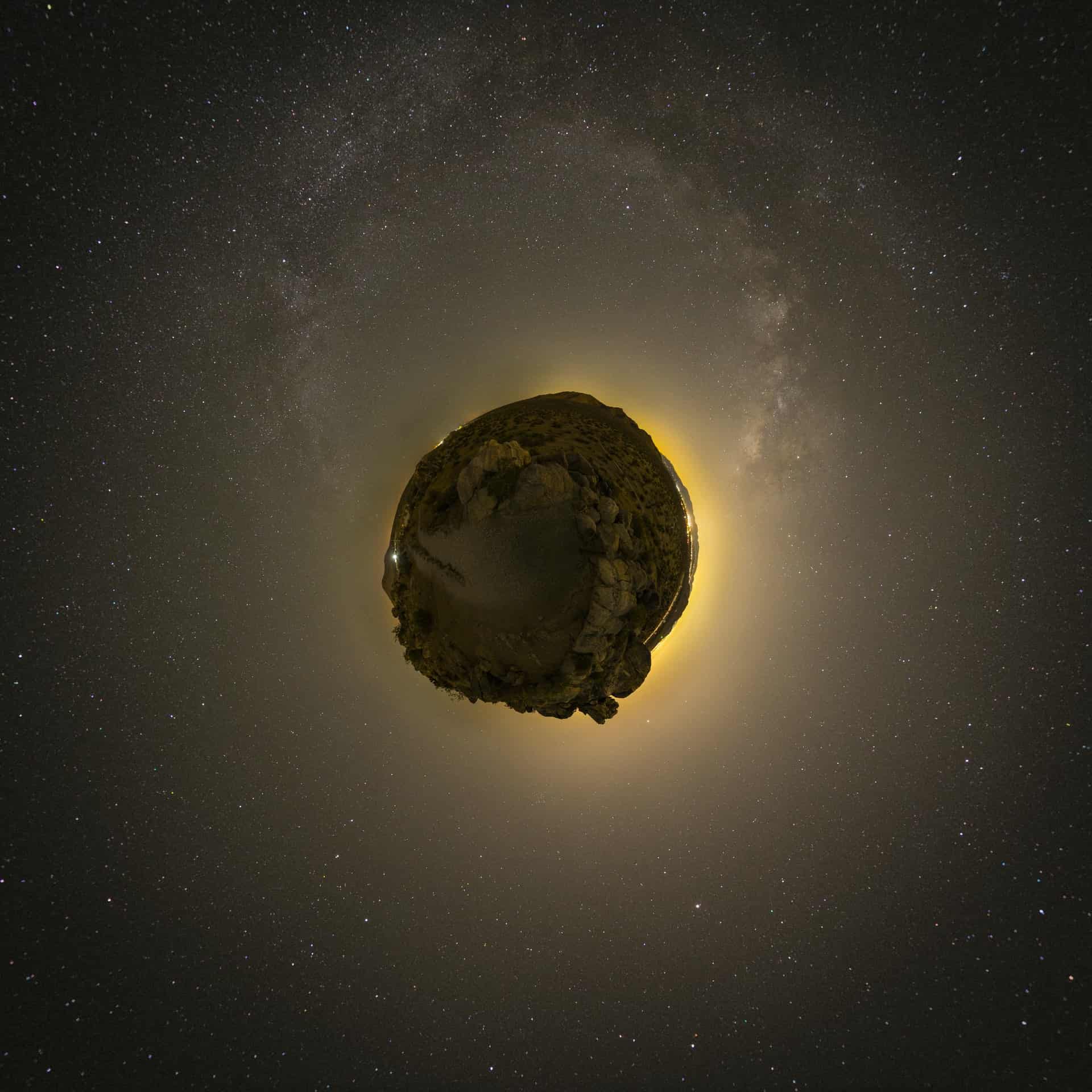Growing up as kids many of us wanted to be associated with the prestigious title that comes along with becoming an astronaut. But now that we’re all grown up, we get to see the full picture. There are a lot of dangers associated with being an astronaut and one of them is micrometeorites. These can be harmful to astronauts and hurt them. Not less than once, NASA’s astronauts have announced being hit by micrometeorites during their spacewalks. But the truth is that this occurrence is quite rare. So how exactly can a micrometeorite hurt an astronaut?
Micrometeorites usually travel at fast speeds and have been known to reach 25,000 mph. This speed is enough to tear through the spacesuit of an astronaut which will disrupt the safe environment in the spacesuit instantly killing the astronaut. The speed is also high enough to penetrate through the body of the astronaut.
In this article, we are going to discuss what a micrometeorite is and the effects that micrometeorite can have on a space shuttle. So read on to find out more.
What Is a Micrometeorite?
In simple terms, a micrometeorite stems from a micrometeoroid. A Micrometeoroid, usually found in space, is a small particle that is commonly referred to as a “tiny meteoroid” These particles find their way through the earth’s atmosphere and only to be referred to as micrometeorites. Research has shown that every year, Earth is hit by about 6100 micrometeorites. This averages to about 17 per day which can be noticed.
Micrometeorites (MMs) are usually small and weigh less. Studies have shown that most of them range from 2mm to 10mm and this is dependent on their degree of melting once they collide with other debris in space.
Interests about the interplanetary dust particles from scientists have led to the findings that MMs are made of silicate minerals, metals, and carbonaceous materials.
Even though micrometeorites pose a threat to astronauts, they are considered to be very valuable. In their original form (meteorites), they are worth thousands of dollars. Some can easily cost $50 per gram while the Martian meteorites may even cost $1000 per gram.
What Would Happen if a Micrometeorite Hit a Space Shuttle?
More often than not, most of us put our entire focus on the dangers of space without talking about those of the micrometeorite. The attention is usually based on the solar flares and radiation, suit punctures, exhaustion, and loss of consciousness, and accidental detachment from the space ships.
Micrometeorites also pose danger to astronauts and space shuttles. The cases of astronauts being hit by MMs occasionally led to NASA’s use of the Whipple shield. This shield was invented by Fred Whipple. Since then considerations have been made before resorting to putting something in space. You should note that this shield is made of several shields though separated from each other by a space.
In the past, MMs have left paint chips and scratch marks on the outer surfaces of the space shuttles. In 1996 a French satellite was disabled as a result of debris from an exploded rocket. So what happens when a MM hits a space shuttle? To protect the expensive space shuttles, Whipple shields are fitted and when MMs hit, its layers break apart to shatter the projectile.
The breaking apart creates a cloud that spreads out the force of the impact to a wider area. The decrease in the impact protects the inner shield of the space shuttle, keeping astronauts safe.
An astronaut, Tim Peake recently shared a picture from inside an ISS Cupola Module which demonstrated the kind of damage space debris can do to a space shuttle or a satellite. In response, the European Space Agency issued a statement saying that the piece of interplanetary particle was “possibly a paint flake or small metal fragment no bigger than a few thousandths of a millimeter across.” Clearly from the above statement, the most likely referred piece was a MM which further elaborates its dangers.
The impact of the micrometeorites is so small that the astronauts won’t be worried about its impact so much. Besides if you take a long trip to space, you will find out that these days astronauts have special training in conducting special maneuvers to avoid larger debris. For instance, an MM of up to 1 cm can cause some noticeable damage to your space shuttle while a 10cm MM can even shatter your space shuttle/space ship into pieces.
In case you are still doubting if the Whipple shield is strong enough to withstand impacts of even larger MMs or other space objects then have a look at this. Just after its manufacture, the European Space Agency lodged a bullet from a distance aiming at the Whipple shield. The bullet, at 2.8mm traveled with a speed of 15000 miles per hour but it still did not manage to penetrate the second layer of the shield. The advancement of space technology has led to the use of Kevlar filings and Nextel Ceramic fibers which add more protection power to the shields. It’s important to understand even though space shuttles fitted with these types of shields appear to be much bigger, they are far lighter compared to conventional armor.
If you ask most astronauts if they are afraid of the impacts by MMs or meteoroids, they will tell you that there isn’t much freight since these impacts in space are very rare. They won’t admit that it’s not safer anymore once the first layer of the Whipple shield has been breached.
With all that said, it’s clear that disintegration will occur when the micrometeorite hits the outer layer of the space shuttles Whipple shield. Other people also refer to this shield as a Thermal Micrometeoroid garment. Astronaut Bigelow claims that Apollo’s suits were quite different from NASAs Whipple shield since they offered better protection.
To sum up, there are many risks involved with exploring the space network with the most common one being the health problems that are associated with bones and muscle mass. Slowly attention is being shifted to the dangers of micrometeorites which we have vividly described in this article.

